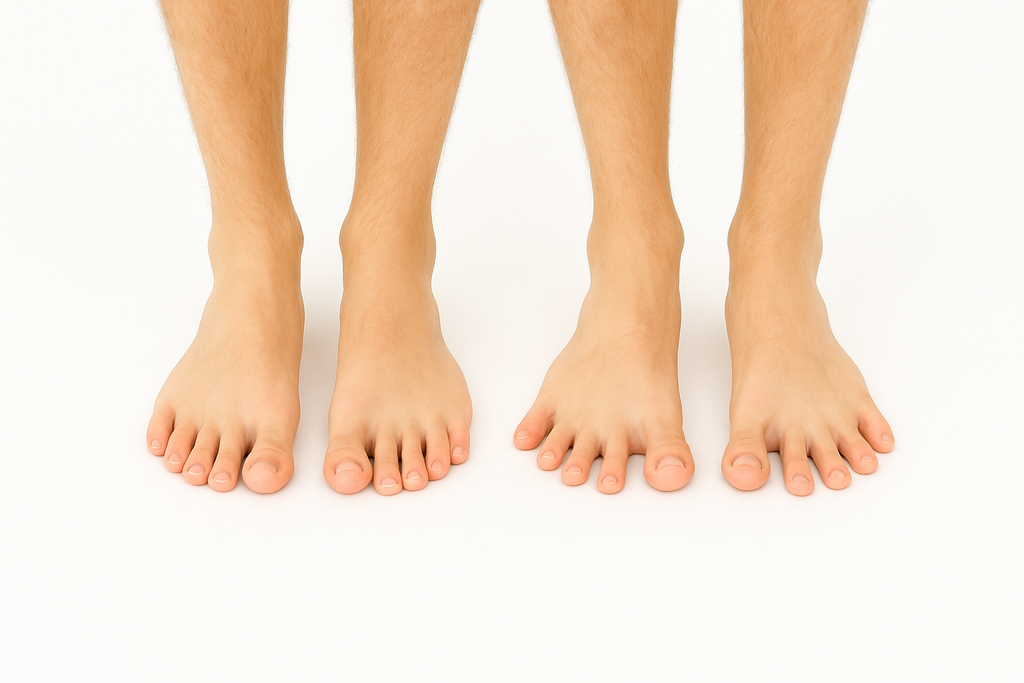
Best Children's Orthotics for Flat Feet
The best children’s orthotics for flat feet are Stride Soles custom orthotics which support growing arches, improve posture, and ease foot pain. Designed for all-day comfort and healthy movement.

The best children’s orthotics for flat feet are Stride Soles custom orthotics which support growing arches, improve posture, and ease foot pain. Designed for all-day comfort and healthy movement.
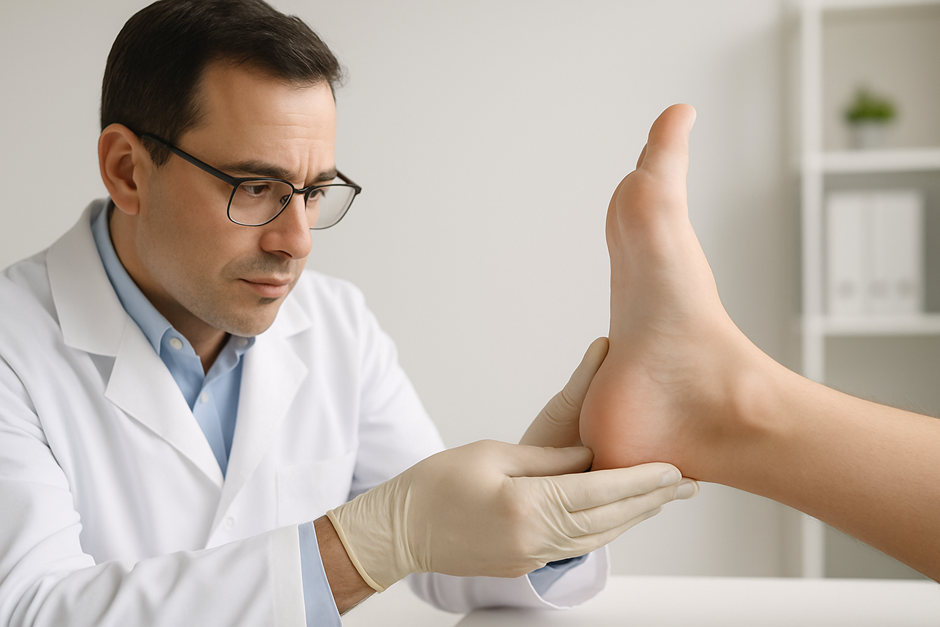
Yes flat feet can effectively be managed and improved with the use of custom orthotics, arch strengthening exercises, supportive footwear, and weight management. In some severe cases that result in...
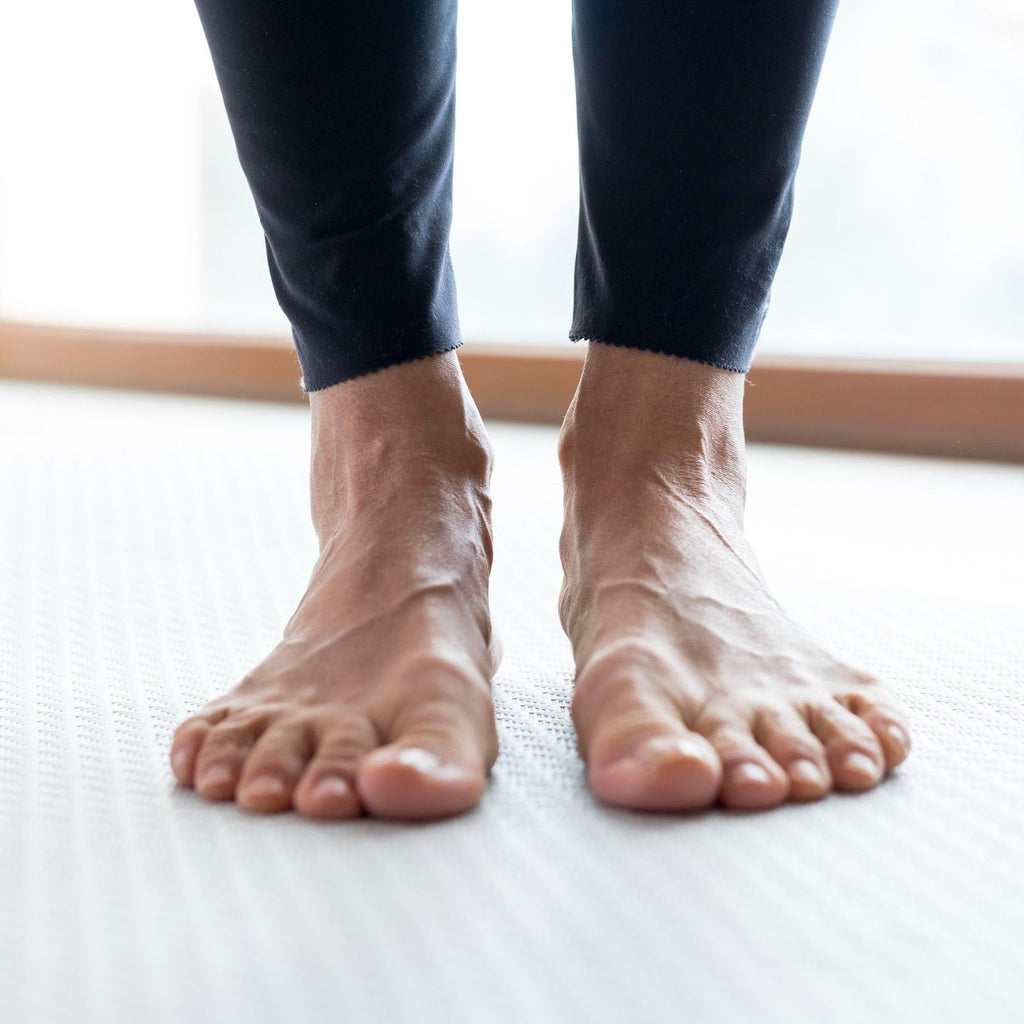
You can tell if you have flat feet if the arches of your feet disappear when you're standing, your shoes wear unevenly, or you experience pain in your foot, ankle,...
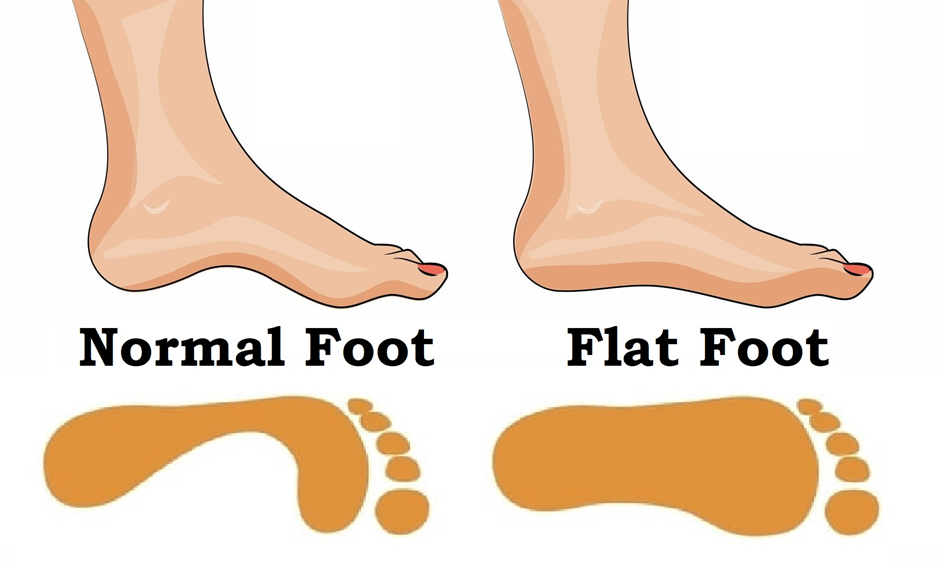
Flat Feet vs Normal Feet comes down to arch height. Using a simple water test can help you determine what foot shape you have.

Explore the top 5 best arch support insoles for flat feet to relieve pain, improve gait, and achieve structural alignment. Find your best fit - starting with customized orthotics from...
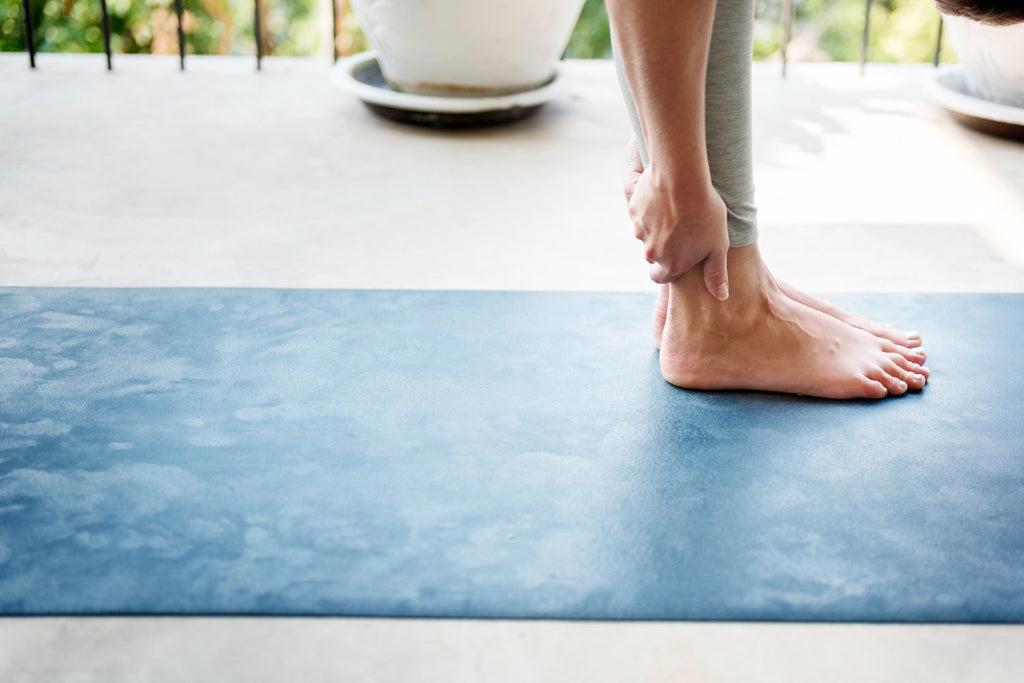
Learn about the best exercises for flat feet to help your arches, ease pain, and improve your feet. No matter the cause, these easy exercises can help.

Low arches or flat feet can contribute to pain in the lower back, legs and feet. There is a huge variety of insoles in the market but not all of...

Flat feet or fallen arches occur when the foot arch collapses to the ground. The initial flat feet symptoms tend to be mild, and you might shrug them off. However,...
Also known as fallen arches, flat feet means that the arches of the feet are flat rather than arched, and the entire surface of the foot’s sole touches the ground. It can occur over time, but is often hereditary. Flat feet can lead to over-pronation, a gait abnormality where the foot and ankle roll too far inward when you walk. This movement strains the muscles, tendons and ligaments in your feet and legs.
Flat feet can hamper those aspiring to certain occupations, such as dancers, or those who must stand for long periods. People with flat feet often experience foot fatigue, pain in the ankles, knees, hips or lower back. Over time, this can alter body alignment and contribute to chronic discomfort. Supportive footwear and certain exercises can usually improve alignment and relieve strain.